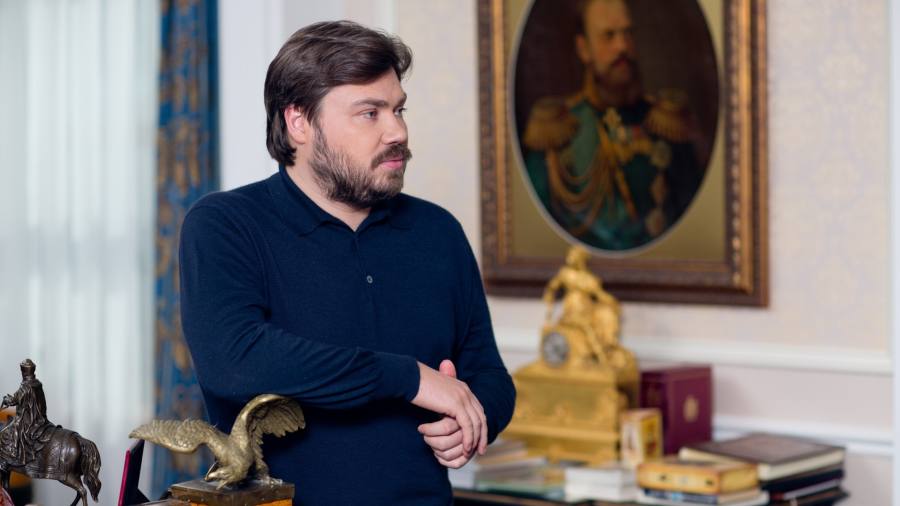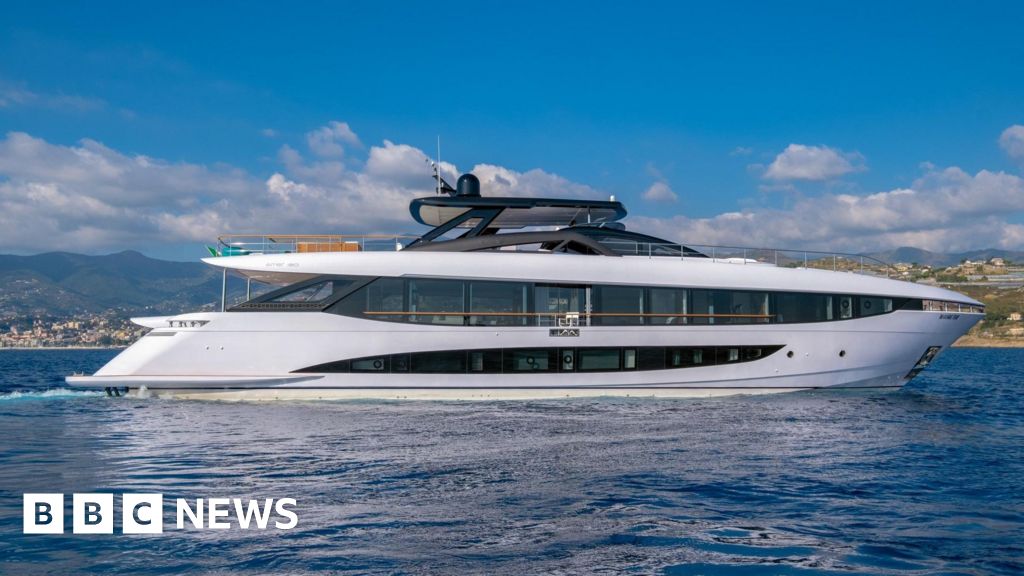The US has for the first time transferred seized assets from a sanctions-hit Russian oligarch to send to Ukraine for the reconstruction of the war-ravaged country.
The move comes amid a growing debate among Ukraine’s allies in the west and around the world about the extent to which seized Russian assets can be used to fund a massive reconstruction effort if and when the conflict ends. While Canada has changed its legislation to allow for the confiscation of Russian state assets and their handover to Ukraine, discussions in Europe over similar moves are more fraught.
The authorisation came on Wednesday from attorney-general Merrick Garland, who said additional moves of this kind would be forthcoming. “While this represents the United States’ first transfer of forfeited Russian funds for the rebuilding of Ukraine, it will not be the last,” he said in a statement.
The step taken by Garland stems from last year’s indictment of Konstantin Malofeyev, a Russian investor and founder of a pro-Vladimir Putin media empire, who was accused of breaching sanctions imposed in response to Moscow’s 2014 annexation of Crimea.
The attorney-general said millions of dollars had been seized “from an account at a US financial institution traceable to Malofeyev’s sanctions violations”. In February, following a meeting with Ukraine’s prosecutor-general Andriy Kostin, Garland had authorised the use of the funds “in Ukraine to remediate the harms of Russia’s unjust war”.
Garland said the money was transferred to the state department and would be “dedicated to that purpose”. The state department said it had received “a $5.4mn transfer from the Department of Justice via the Kleptocapture Task Force”.
“Working with Congress, [the department] plans to use these proceeds to support Ukraine’s veterans. This is a population that will have tremendous needs as the war continues and as Ukraine recovers and rebuilds,” it added.
Malofeyev said “Biden’s organised crime group” had “defrauded” him and wrote to Russia’s prosecutor-general’s office asking them to file charges against the US officials behind the seizure.
The Kremlin described the decision as a “boomerang” that would turn against the US. “Such steps will not be without reciprocity,” Kremlin spokesperson Dmitry Peskov told reporters on Thursday, adding that “non-standard options are possible”.
It was unclear exactly how the assets would be used by Ukraine or when they would be available to Kyiv. But it represents an important moment in Washington’s economic response to the war, just as G7 finance ministers prepared to gather in Japan for a meeting ahead of the leaders summit in Hiroshima later this month.
Since Russia’s full-scale invasion of Ukraine, US and western officials have debated ways of using seized Russian assets to help Ukraine. Last year, President Joe Biden enacted a law that facilitated that process in Washington. The cost of reconstruction and recovery in Ukraine now stands at €383bn, according to a March report from the European Commission, World Bank, UN, and government of Ukraine.
G7 countries are set to agree next week that “Russia pays for the damage it has caused” according to a draft leaders’ statement seen by the Financial Times. The leaders are to agree to “immobilise” Russia’s sovereign assets “consistent with our respective legal systems” until there is a resolution that respects “Ukraine’s sovereignty and integrity”.
In the EU, the commission has been pushing to harmonise rules to ensure sanctions evasion can be treated as a crime across the union, facilitating the seizure of those assets and potentially their use in Ukraine’s reconstruction.
More than €24bn of assets attributed to sanctioned individuals and companies had been frozen to date in the EU, the commission said. Work towards criminalising sanctions evasion across the bloc that would also enable the confiscation of assets was “well advanced”, a commission spokesperson said.
Member states whose national legislation allowed for asset transfers were exploring similar moves, the spokesperson added, but different legal frameworks in place across the bloc would complicate matters.
The EU and its partners have also been examining ways of tapping into the hundreds of billions of dollars in Russian state assets that were frozen in March 2022 and using some of the proceeds of those assets to fund Ukraine’s reconstruction.
Charles Michel, the European Council president, told the FT earlier this year that such a move was a question of “justice and fairness”, but some member states have argued that seizing state assets was legally fraught and could raise financial stability risks.
Moscow said last year that the central bank sanctions had frozen about $300bn of its foreign-exchange reserves.
Additional reporting by Anastasia Stognei and Max Seddon in Riga
Credit: Source link











